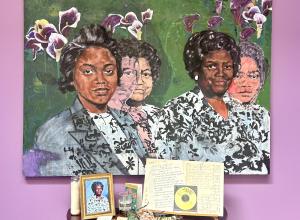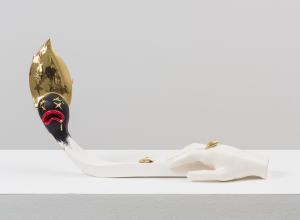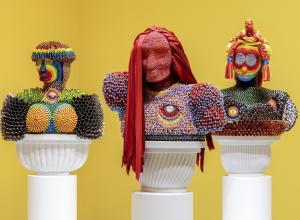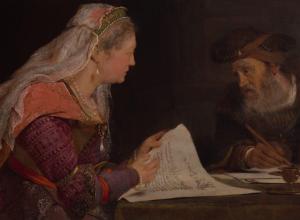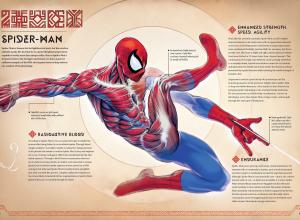Perhaps the most notable example of the impact high-visibility individuals can have on museums is the Louvre’s surge in visitorship after Beyoncé and Jay-Z released a music video filmed in its galleries. The Parisian museum welcomed 1.2 million people in 2018, which was 25% more than in 2017. No wonder Mona Lisa is smiling.
However, when enlisting a musical power couple is not in the cards, up-and-coming influencers can also be effective in creating buzz. The Metropolitan Museum of Art worked with musician-author Michelle Zauner to narrate a visitor guide for their recent Monstrous Beauty: A Feminist Revision of Chinoiserie exhibition. Zauner appeared in at least one of the museum’s promotional videos on social media and shared the experience with her half a million followers on Instagram.
Then, there’s the National Gallery in London, which engaged 200 influencers to help reach new audiences for its 200th anniversary in 2024. These ranged from former contestants on The Great British Bake Off to artists and comedians. All were encouraged to dust off the gallery’s image and welcome in a younger cohort of visitors.


![DEl Kathryn Barton [Australian b. 1972] the more than human love , 2025 Acrylic on French linen 78 3/4 x 137 3/4 inches 200 x 350 cm Framed dimensions: 79 7/8 x 139 inches 203 x 353 cm](/sites/default/files/styles/category_card_187x139/public/ab15211bartonthe-more-human-lovelg.jpg?itok=LJbNuU6F)

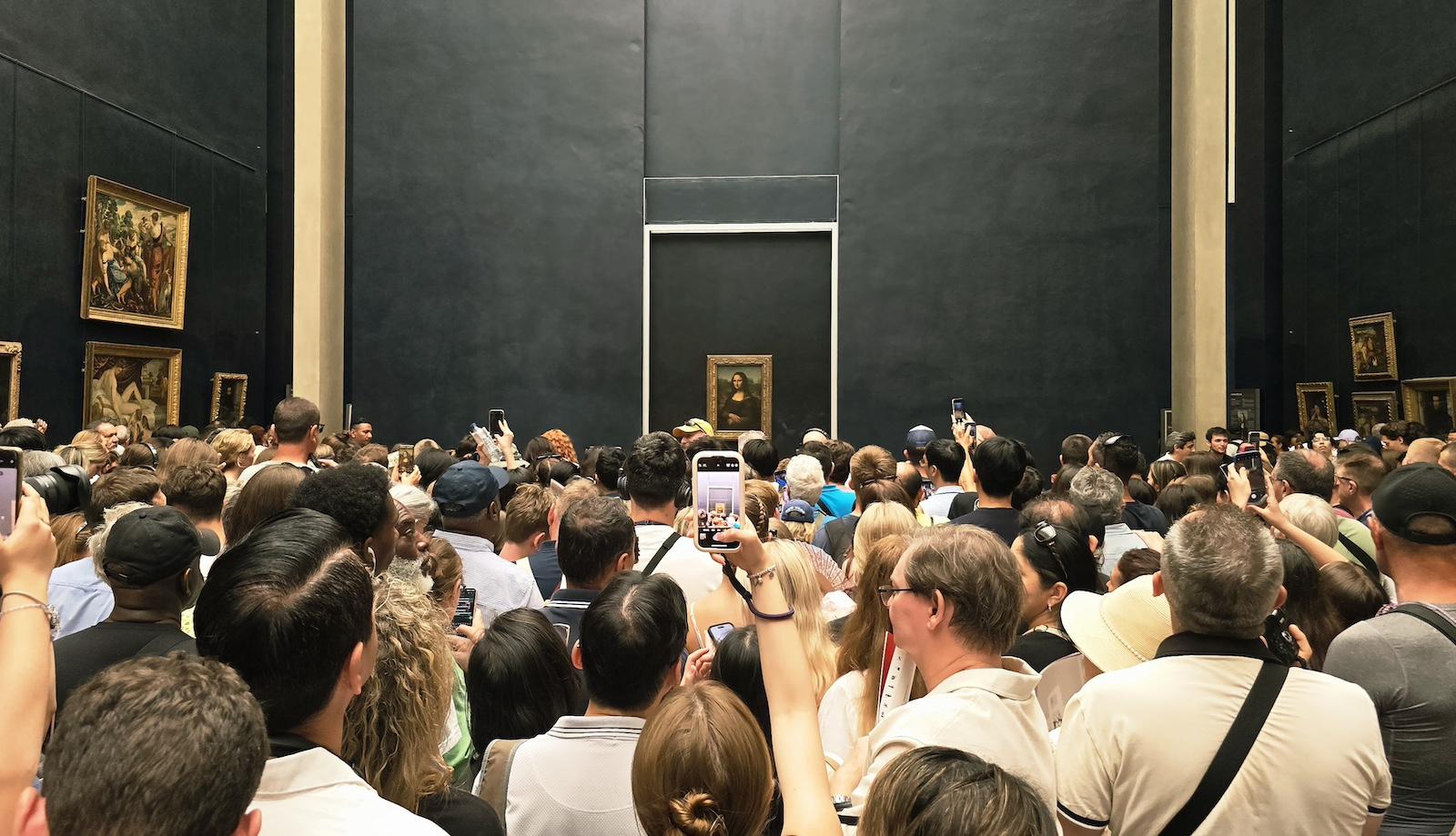
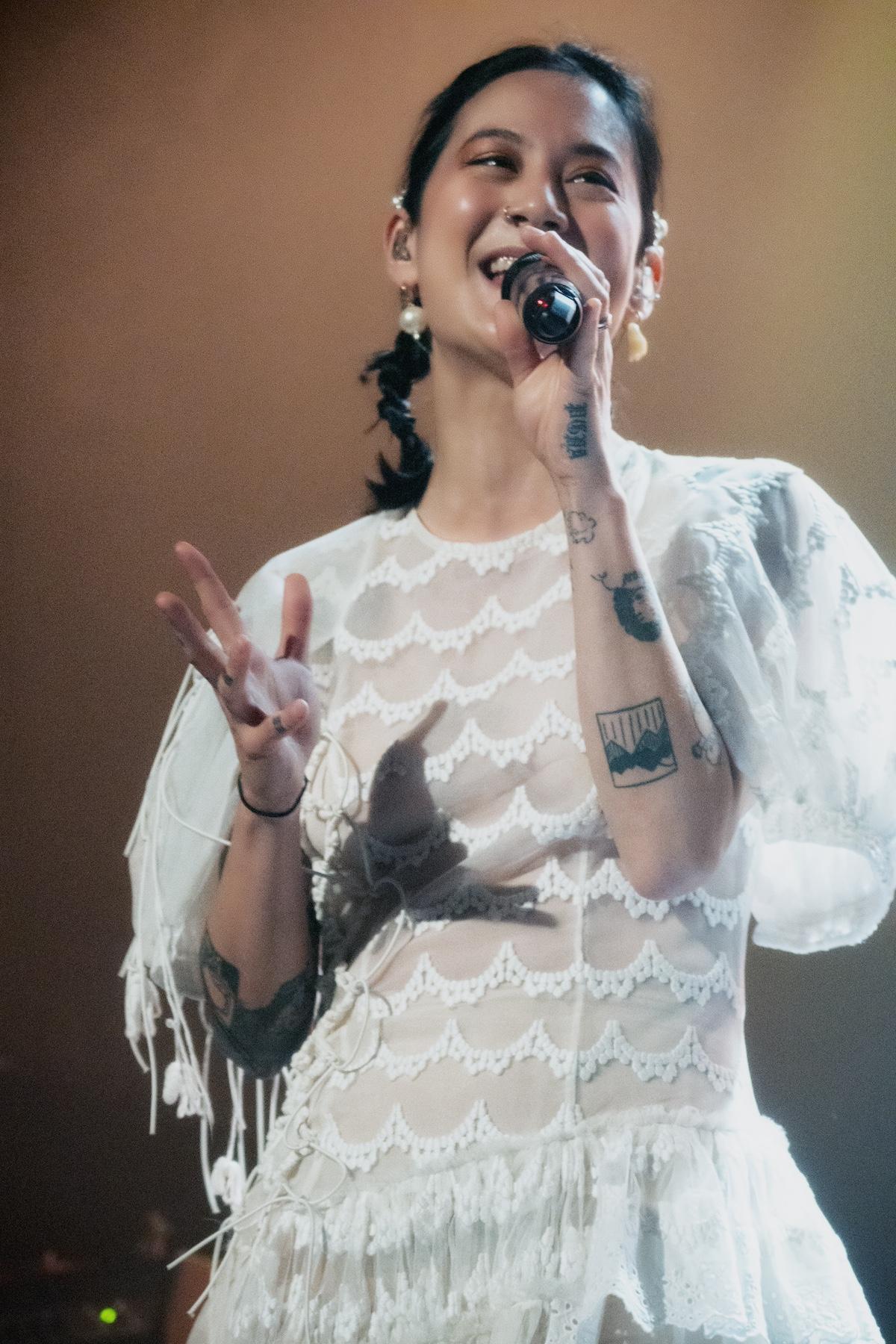
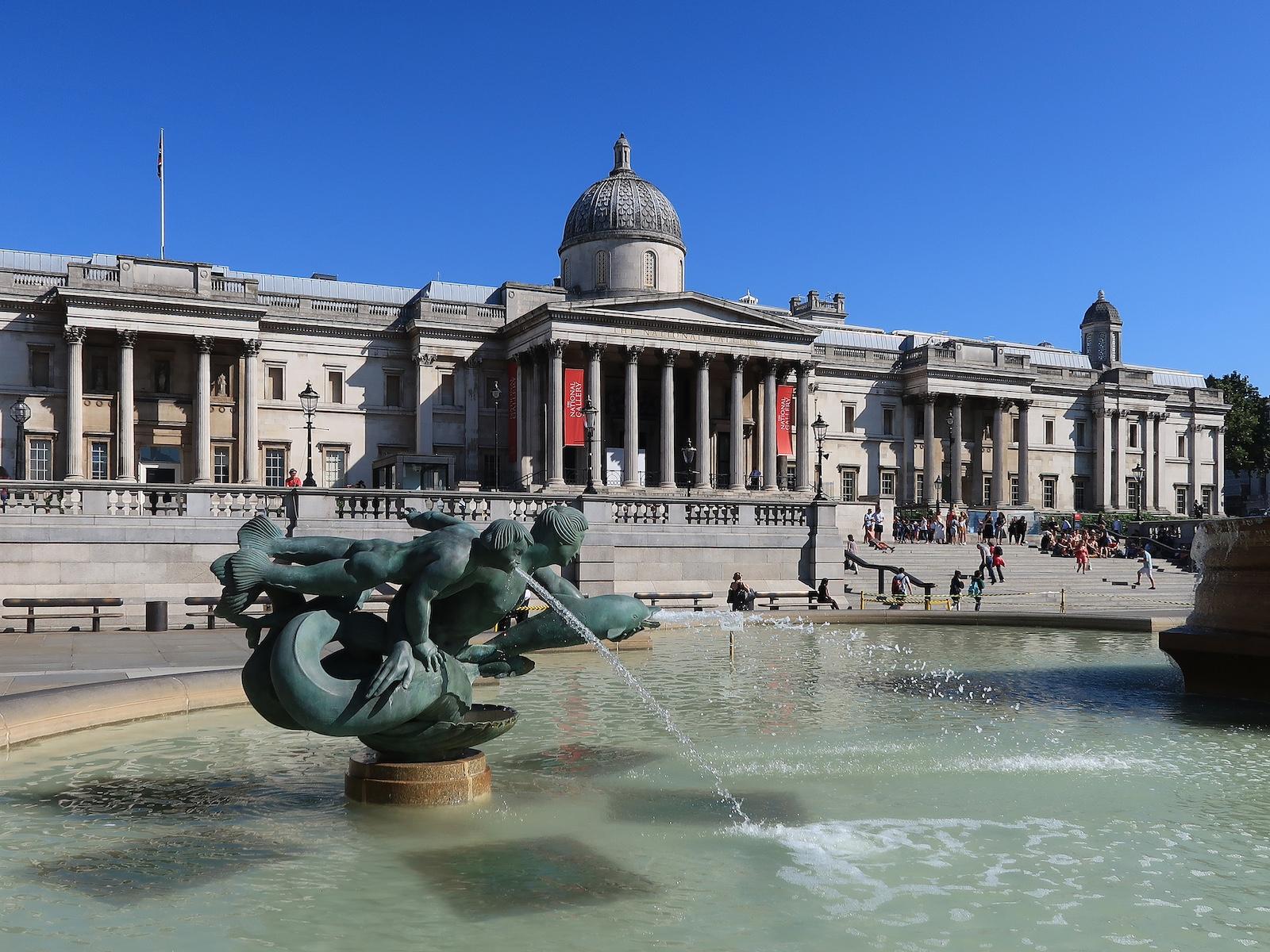

![DEl Kathryn Barton [Australian b. 1972] the more than human love , 2025 Acrylic on French linen 78 3/4 x 137 3/4 inches 200 x 350 cm Framed dimensions: 79 7/8 x 139 inches 203 x 353 cm](/sites/default/files/styles/image_5_column/public/ab15211bartonthe-more-human-lovelg.jpg?itok=wW_Qrve3)

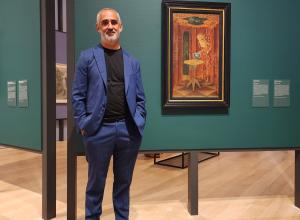


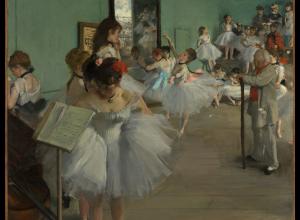

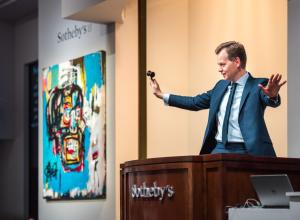
![DEl Kathryn Barton [Australian b. 1972] the more than human love , 2025 Acrylic on French linen 78 3/4 x 137 3/4 inches 200 x 350 cm Framed dimensions: 79 7/8 x 139 inches 203 x 353 cm](https://www.artandobject.com/sites/default/files/styles/image_5_column/public/ab15211bartonthe-more-human-lovelg.jpg?itok=wW_Qrve3)

